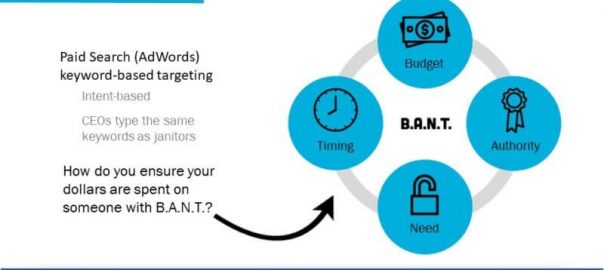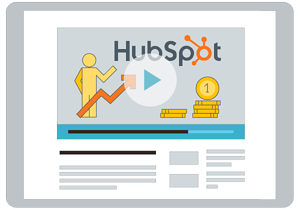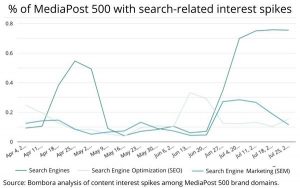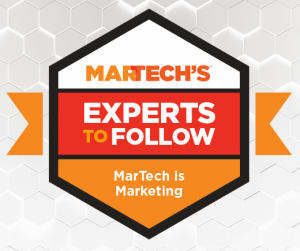How much should you spend testing LinkedIn ads? Does search intent trump social engagement? Ask the SMXpert and contributor AJ Wilcox gives insightful answers to these questions and more.
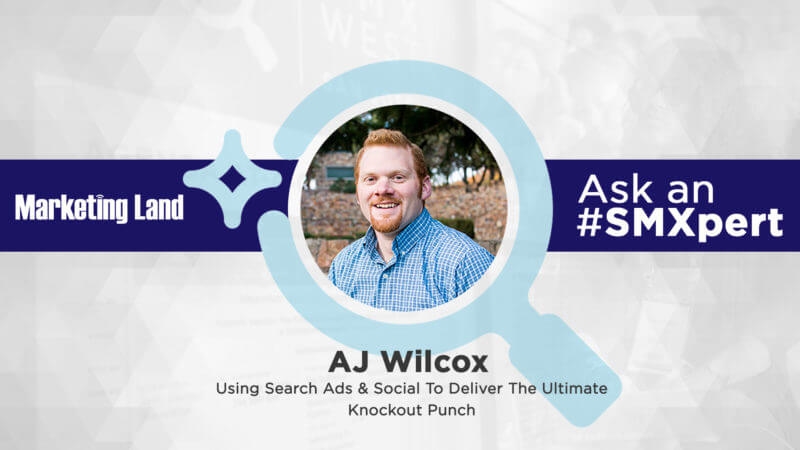
The Ask the SMXpert series continues the question and answer (Q&A) segment of sessions held at Search Marketing Expo (SMX) West 2018.
The following Q&A is from “Using Search Ads and Social to Deliver The Ultimate Knockout Punch” with AJ Wilcox.
Question: For LinkedIn Advertising, what would be a good test dollar amount or time amount to know if it would work for us, and how would you go about getting started?
AJ: It’s less about the time period and more about the amount of data for testing into LinkedIn. We’ve found that after an account has spent between $3,000 and $5,000 is normally when two offers reach statistical significance to the conversion.
That means if you spend it in one day or whether it takes six months, you’d get the same insights.
We certainly prefer to see that data gathered quickly, just so seasonality can’t affect it too much. Also, if you’re working with an agency, there’s going to be a monthly fee, so it generally makes sense to pack that $3,000 to $5,000 test into a single month, so you only have to pay one month of management fees to test into it.
We’ve also found if an account spends less than about $3,000 per month, data is coming in so gradually that it’s not making much of a difference to the business. Many executives will assume if the lead volume isn’t noticeable that it’s not working and want to stop advertising before giving it a proper shot.
Question: Would you say search intent trumps social engagement, or can both work together?
AJ: Both search and social work together so well! Both definitely have strengths and weaknesses, but I wouldn’t say one trumps the other.
I like to use the sales qualification model called BANT (Budget, Authority, Need, Timing) to illustrate this:
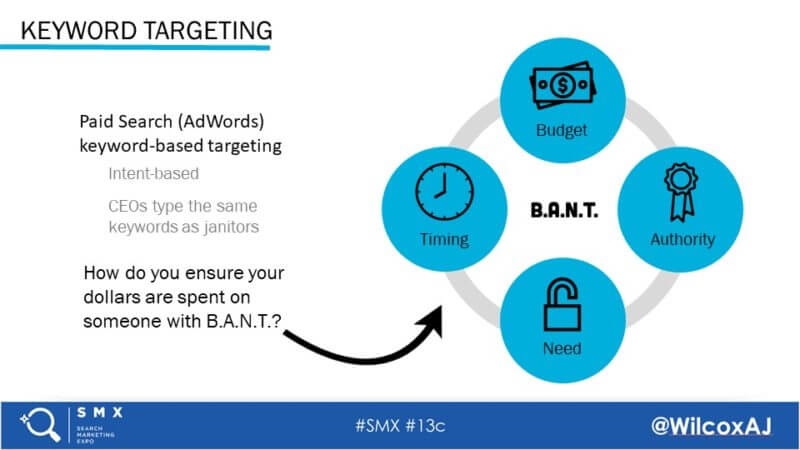
Essentially, search channels produce leads which score really high on both Need and Timing, which makes sense considering someone is expressing intent by actively searching for something.
Social channels, on the other hand, produce leads which score really high in Budget and Authority because, in your targeting, you’re specifying only the type of professional and company that could/would engage you for your services.
We’ve found that delivering a nice mix of leads is appreciated by sales teams. They like the speed to close of Search leads, and the Social leads are excellent because they are speaking to the right person. Two different measures of quality, and both are helpful.
Questions: Many people are less willing to leave their social apps, as it feels disruptive. Would you ever create an ad and point them to an in-app landing page?
AJ: There isn’t a native way of doing this right now, so I wouldn’t suggest this strategy.
The native LinkedIn app is being used by 80 percent and more of LinkedIn users. Seems like a great opportunity, except LinkedIn is lacking a few features that would enable this usage:
- Device targeting. LinkedIn has a ton of great targeting, but the availability to target based on device is not possible. That means if you launched an ad pushing to an app, there wouldn’t be a way to keep desktop users from seeing and clicking.
- Native app experiences. Google has accelerated mobile pages (AMP), and Facebook has Canvas, which allow you to create fast-loading, native experiences on each platform. LinkedIn doesn’t have anything like this, so the closest you could get is to use Lead Gen Form Ads, which are an integrated form inside of an ad that allows a user to submit user info without leaving the ad.
Here’s a short but helpful video from LinkedIn to help explain Lead Gen Forms:
Opinions expressed in this article are those of the guest author and not necessarily Marketing Land. Staff authors are listed here.
Marketing Land – Internet Marketing News, Strategies & Tips
(71)
